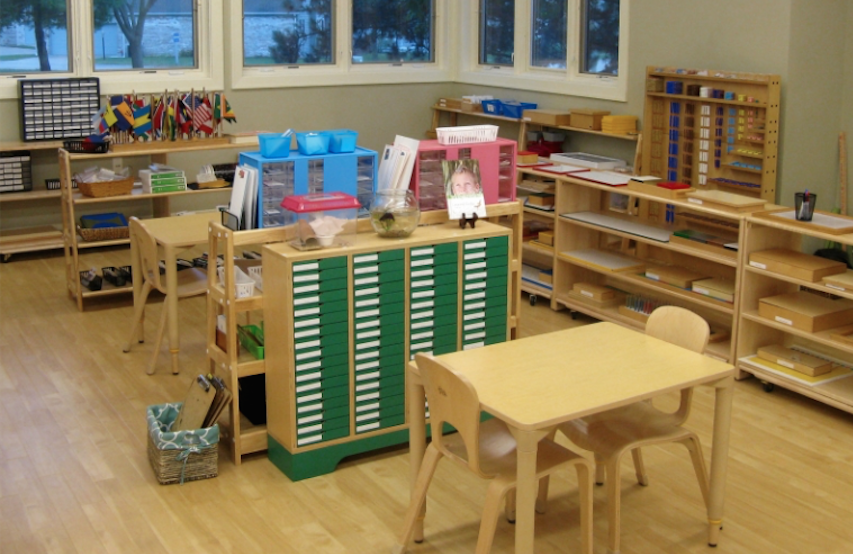It is not uncommon for students and parents to become unsatisfied with traditional public education, for those individuals there is a widely popular and successful education alternative: Montessori. According to Christine Krupp and Danielle McFarland, two of the Directresses at the Montessori School of Champaign-Urbana (MSCU), Montessori is not alternative. Described to me by McFarland, the Lead Directress of Elementary education, Montessori is a, “modern approach to the way human children were meant to learn.” Maria Montessori (1870-1952), the creator of this educational method, developed the system of education used at Montessori schools all around the world today through observation. She observed that children are curious and eager to learn, and that when a child is put into an environment where they are free to work, that child can thrive intellectually and socially, Krupp explained.
Especially important to this method of education is that children are “given the tools to teach themselves,” says Krupp. Children at a Montessori school get hands on and sensorial experience everyday, learning through touch, hearing, and observing. The idea is that all humans from the beginning of time learned through trial and error, from experiencing successes and failures first hand, and taught themselves.
To give you a picture about how this manifests itself in a Montessori classroom, a child learning addition might work with a set of beads. That child, when adding seven and six will group those beads into a set of six and a set of seven. By then grouping those sets of six and seven together and seeing that he or she now has 13 beads, the child then knows that 6+7=13. It is through lessons like these, known as the didactic methods, that a child “sees the physical manipulation and abstracts at an early age,” and is able to learn McFarland told me.
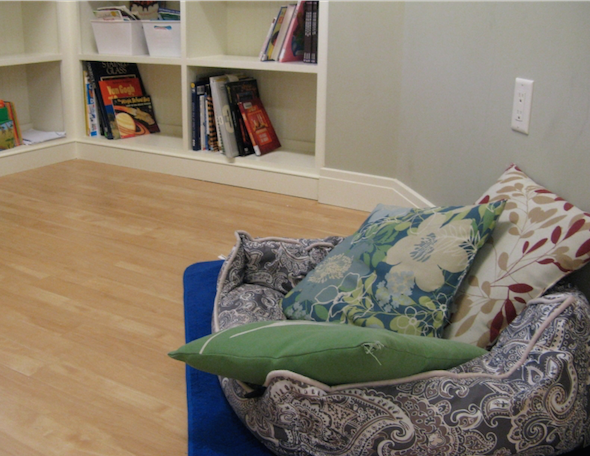
Krupp provided another example of how this method works. One part of the Montessori curriculum consists of “practical life” lessons. These lessons include anything from learning to tie shoes, wash dishes, or use tools. In other words, skills that will not only, “encourage motor skill development, coordination, concentration, independence, and a sense of order,” but also be used many times for the rest of an individual’s life. Therefore, within the Montessori pedagogy, when a child is told to cut a banana with a plastic knife, and the directress sees that the child is holding the knife with the sharp side up, she does not correct the child. Instead, the directress lets the child see that when he or she holds the knife with the sharp side up, instead of cutting the banana, the banana becomes crushed. The child then learns, through trial and error, how to hold a knife in order to cut food.
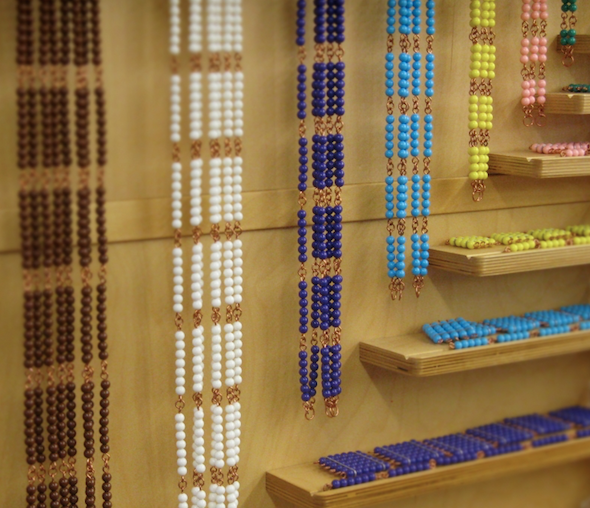
This trial and error also creates natural or appropriate consequences in the classroom, rather than external punishments and rewards. When a child is helping set up lunch by pouring juice for everyone and causes a cup to overflow, they see the consequence of their action. The child, rather than being chastised, learns to judge the size of a cup and the weight of a pitcher of juice so that they can avoid making the same mistake next time. This lesson is similar to the experience learning how to properly hold a knife in order to cut food. The classroom, or environment, is always structured such that a child can learn, no matter what they are doing.
This method is beneficial in a variety of ways. For one, rote memorization is a weak and quickly forgotten method of learning. For example, when learning the alphabet students do not just look at and practice writing the letter “A,” but also touch a sandpaper cut out of the letter “A.” The ideas and concepts instilled using methods such as these children learn are much more effective and long lasting. Secondly, this method allows Montessori education to be flexible, for both the teachers and children.
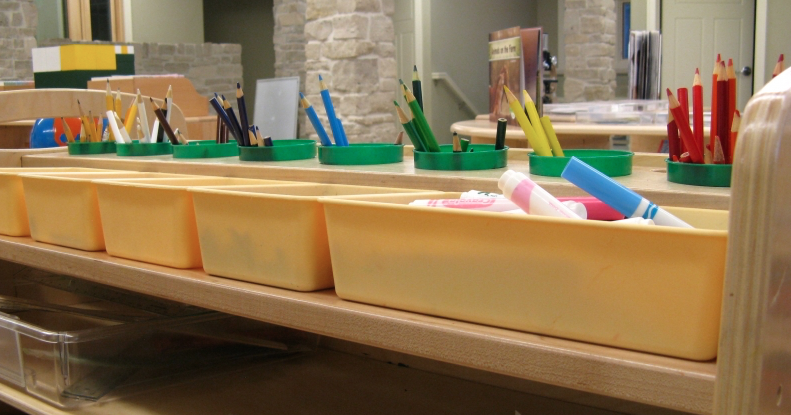
Teaching through observation is something that comes with a Montessori education. When directresses observe how children learn it allows them to “recognize the differences in each child’s learning,” says McFarland. Learning through doing does not have to be learning addition by manipulating beads; teachers and children can find other ways to learn classroom material. The classroom is the environment and the environment can always be changed in order to accommodate every student’s abilities and learning needs.
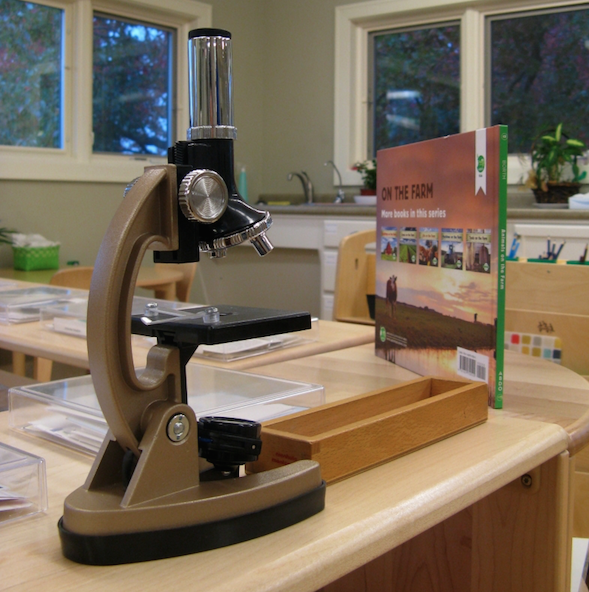
Montessori’s flexibility is one of the features that allow children to be so successful. Everyday at elementary education at MSCU, the teachers and children have a brief morning meeting before the children break up to work independently or in small groups on a project or activity. For small groups, children are grouped based on ability rather than gender, age, or grade. Some children might have a lesson with a teacher. Children are allowed to make decisions in their learning when they are able to tell or show a teacher how, or even when, they learn best. For example, after the morning meeting the child decides what subjects they will study for their three-hour work cycle prior to lunch. In addition, if a child is having a bad day or takes awhile to wake up in the morning, perhaps they will not work on math first thing, but read instead.
This is one of the biggest ways that Montessori differentiates itself from traditional means of education. Children, their needs, feelings, and learning styles are respected, and accommodated, rather than policed and controlled. If a child moves around a lot and fidgets while they work, a directress might suggest they work at a high table so that they can stand while completing their activities and lessons. That child cannot run all over the room, but their needs can be addressed in such a way that they are not distracting to other children, and they can learn most effectively.
Flexibility is also a reason that Montessori works well for children with behavioral issues, ADHD, or autism. McFarland says she has seen every range on the autism spectrum and ADHD. She believes Montessori is helpful to those children because they are not aware that they learn differently precisely because Montessori is accommodating to different needs and learning styles. Further, because every child is working on something different and children learning the same thing are not necessarily receiving those lessons in the same way, children who need additional educational modification do not stand out. As long as each child is, “happy, curious, and progressing,” McFarland does not worry. Krupp added that the sensory integration intrinsic to Montessori teaching and learning is helpful for those children with learning disabilities. In addition, because children are able to connect with their classmates of all ages and abilities in a way that is not fostered in traditional public schools, the social connections they make within the Montessori pedagogy are beneficial as well.
Montessori is also special because children do not just learn from their directress, they learn from each other. Montessori classrooms are mixed age classrooms. McFarland works with elementary education where the children range in age six to 12. Children learn in mixed classrooms like McFarland’s because of each child’s diverse abilities and because they can learn from each other. By having all the children working together in one classroom the curriculum does not have to be rigid. A teacher does not have to say, “This is what third graders learn and this is what fifth graders learn,” if there is a third grader with a fifth grade math ability, they can learn together. This is another way in which Montessori education in adaptable. In addition, when children learn from their peers you can see when a child truly masters a technique or lesson. Even more important McFarland says, is that the children learn that, “one of their biggest resources is each other.”
In addition to reading, writing, and math like they would at a traditional public school, MSCU children receive supplemental education that can include music, foreign languages, yoga, and art. Children also complete lessons in culture and geography, as well as science. Further, while much of their time at school focuses on individual or small group activities, group lessons include the “Timeline of Life” in which the children learn about evolution, cells, and biology. One of the more recent group lessons at MSCU was about Dia de los Muertos, taking the opportunity to learn about a holiday and culture, that for the majority is not their own.
If you are unsure about Montessori or find it inaccessible, there are ways you can integrate Montessori practices into your home. Krupp advises that you begin by looking at things from your child’s point of view. To allow them to learn by doing you can make items in your house more accessible to them. Perhaps you can begin by putting some dishes in a low cabinet where they can reach them, let them pour their own juice at dinner, or have them help wash the dishes. By doing so, Krupp says you can foster your child’s innate curiosity and “inner motivation” to learn.
At its heart, Montessori education provides a space in which students can “seamlessly learn and add experience,” in a space that gives them the time, place, and freedom to do so, says Krupp. When those students leave Montessori, they leave with curiosity and the ability to know their own mind and desires because they were allowed to take ownership of their education, she added. If you have questions about Montessori as an educational alternative or MSCU, feel free to call at 217-356-1818 and explore their website.








